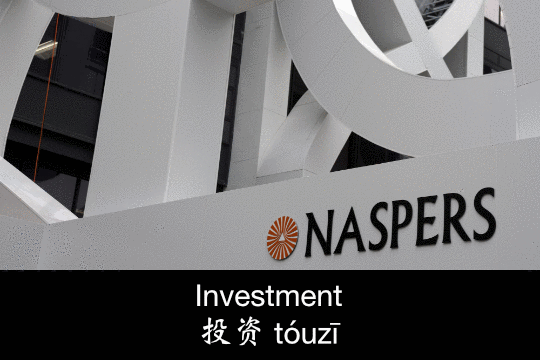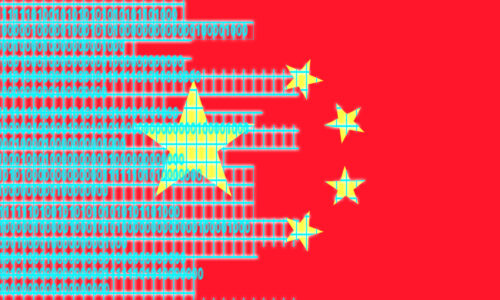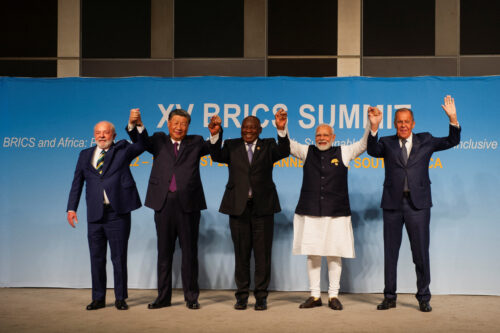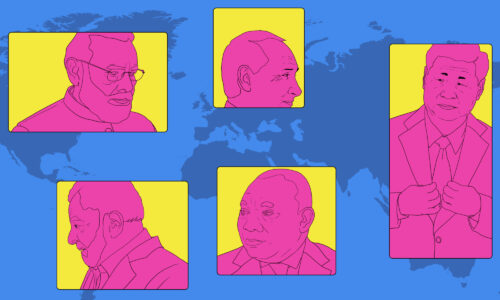Tencent’s biggest investor is a little-known South African media group
The Information has published a profile of Naspers (paywall) titled “The biggest tech investor Silicon Valley ignores,” which looks at other reasons behind the company’s success in China and elsewhere.

A little-known fact: Perhaps the best foreign investment in China since the houses of Swire and Jardine made their fortune selling opium was the purchase by South African newspaper group Naspers of nearly 50 percent of Tencent for $32 million in 2001. After Tencent went public in 2004, Naspers’ stake was diluted to 33.3 percent, but the company still remains Tencent’s biggest investor. That $32 million investment is now worth a staggering $180 billion.
Naspers is a curious company:
- Naspers began life in Cape Town in 1915 as a newspaper publisher dedicated to promoting Afrikaner nationalism. Its name is a contraction of Nasionale Pers — National Press — and in some ways, you can think of it as the People’s Daily of the apartheid government.
- In the 1990s, Naspers began investing in global emerging markets, expanding into pay TV stations and acquiring internet companies in Brazil, Russia, Israel, and, starting in 2000, China.
- Over the years, I’ve had many interactions with Naspers executives in China: Their comfort in dealing with authoritarian governments and the challenges of emerging markets are unusual among foreign investors in tech and media.
The Information has published a profile of Naspers (paywall) titled “The biggest tech investor Silicon Valley ignores,” which looks at other reasons behind the company’s success in China and elsewhere:
- Naspers’ venture arm looks to invest in “startups with growth potential in emerging markets.”
- Its strategy is to “maintain a long-term partnership and give the company room to operate independently, even when it owns control.” This is highly unusual in the venture capital world.
- With offices in Hong Kong, South Africa, the U.S., the Netherlands, Brazil, Singapore, Israel, and India, Naspers Ventures “has invested about $2.1 billion in a dozen companies with consumers in more than 190 countries.”
How brands use fake followers on Chinese social media
“Fake followers are a fundamental part of Chinese social media platforms,” says Jing Daily, quoting an executive from an “influencer agency” that works for consumer brands: “The platforms don’t want to control bots… Bots boost daily active user and monthly active user numbers, stimulate ad spend, and make platforms look healthier than they are.”
- Ecommerce platform Taobao has thousands of vendors offering fake followers for as little as one yuan ($0.16) for 100 fake accounts, and Weibo bots “make up as much as 40 percent of all active users, nearly triple the bots on Twitter.”
- “Both Weibo and WeChat sell engagement packages starting from 25 yuan per 1,000 impressions,” but Jing Daily says that many prefer “to purchase high-quality fakes from a third party that guarantees 50 comments, likes, or reposts for just one yuan.”
- Many Western brands are “not even aware of the practice of fake followers” when they open Chinese social media accounts.
New plant species in caves
The Washington Post reports that the results of a five-year survey of more than 60 caves in the provinces of Guangxi, Guizhou, and Yunnan “uncovered 418 types of flora and fauna in the caves, including 31 plants that exist nowhere else.” The paper analyzing the results is here.
If you would like to visit some caves in southwestern China, here is a brief guide to one of the most beautiful parts of the world that I’ve been to: the sinkholes and caves around the Bama Yao Autonomous County in Guangxi.






